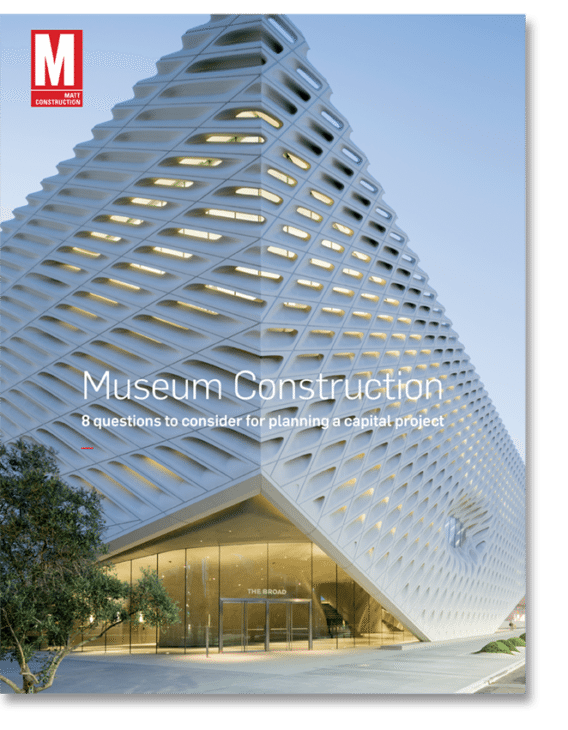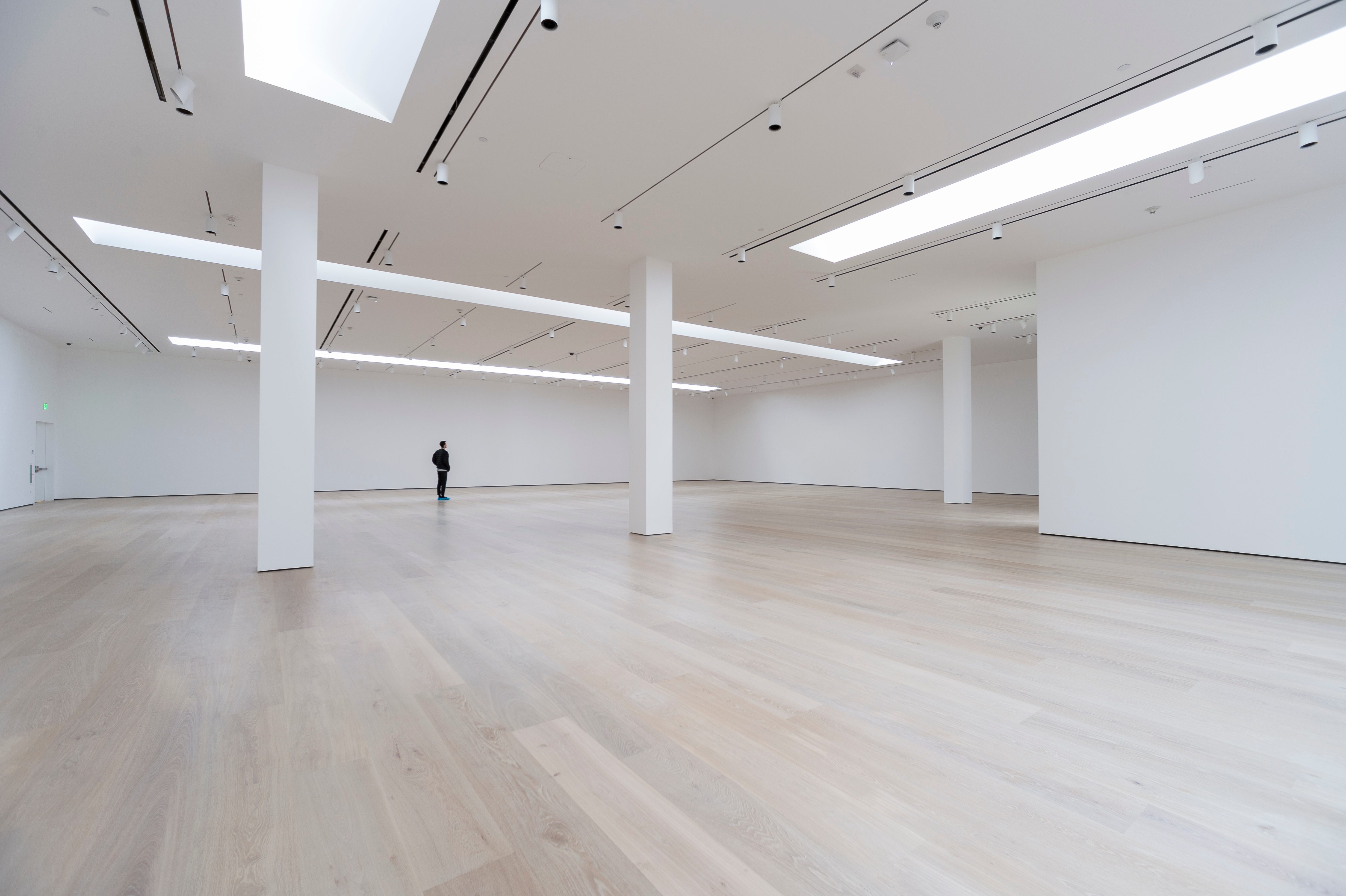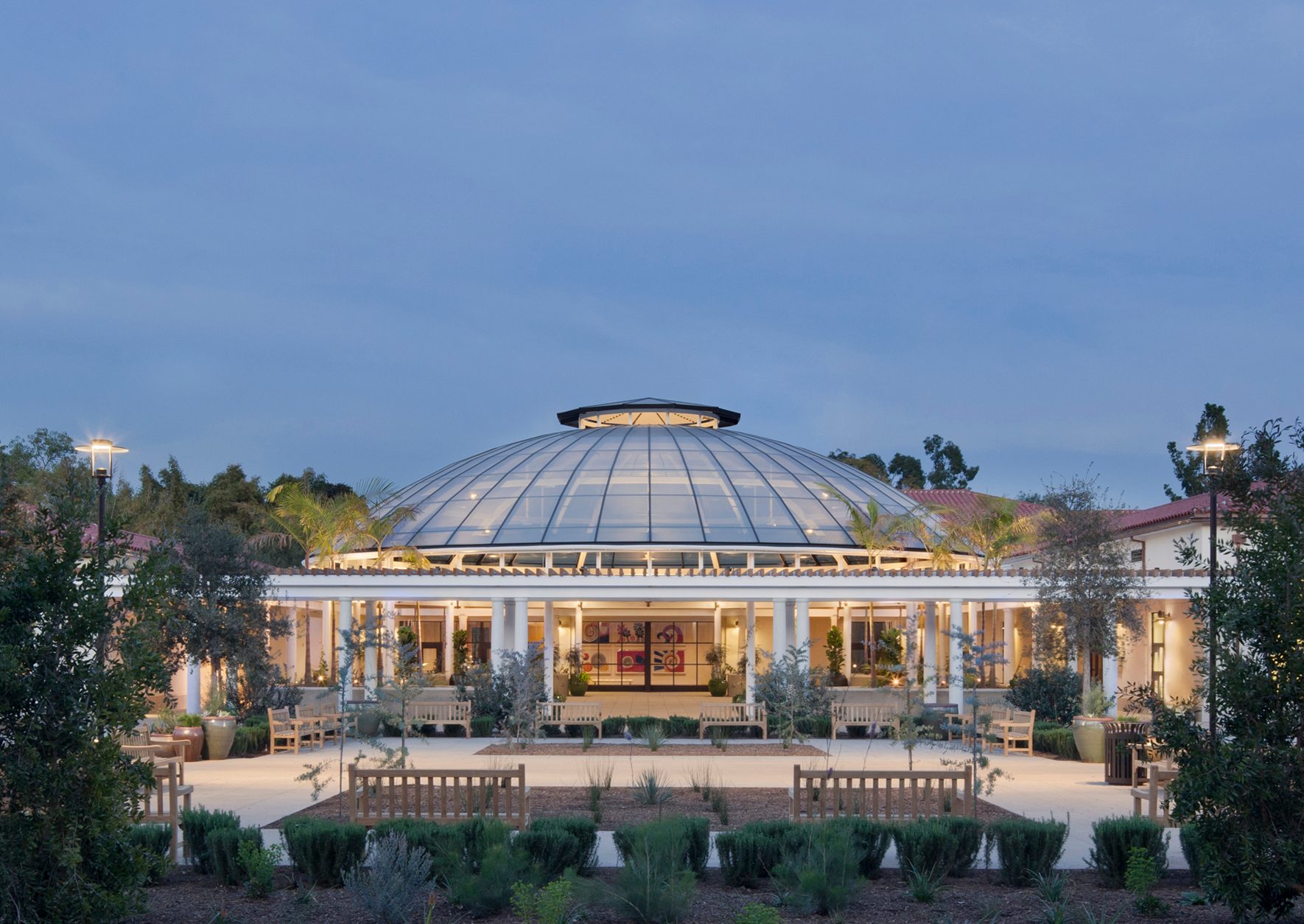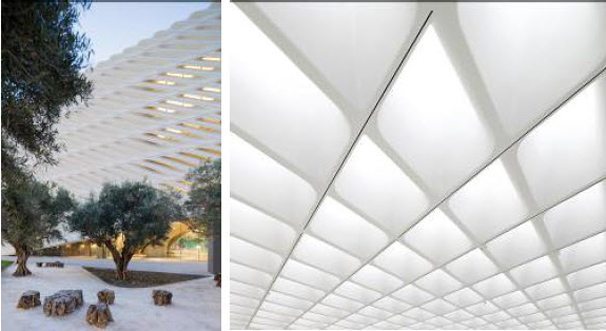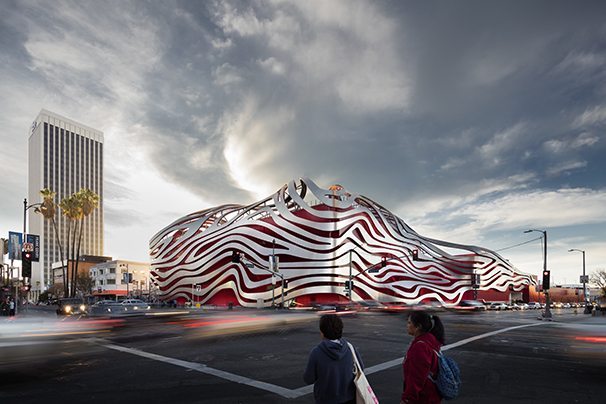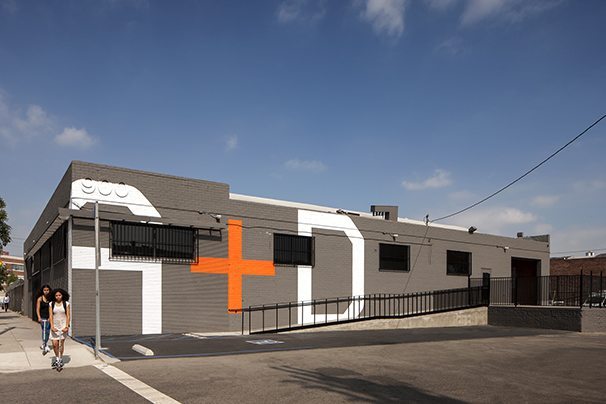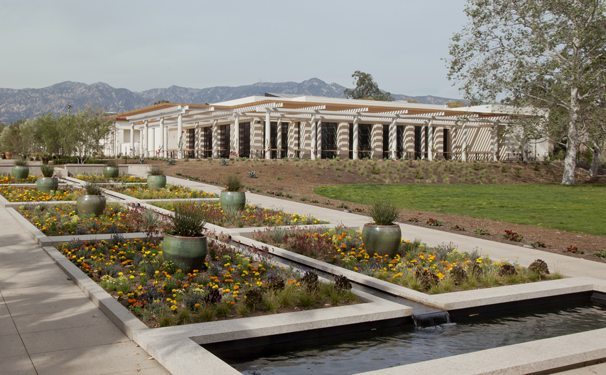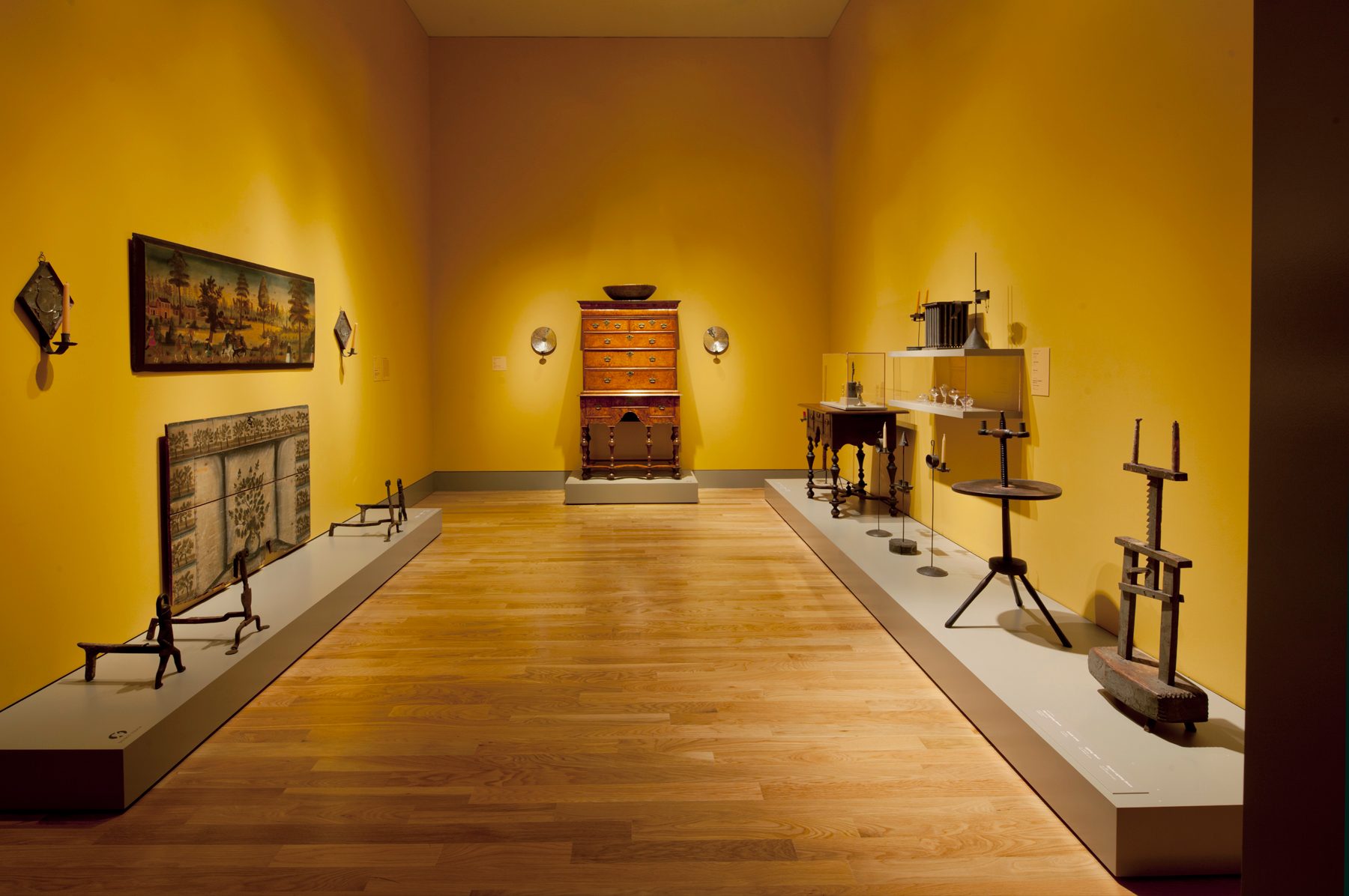
Location
Pasadena
Owner
Huntington Library
Architect
Frederick Fisher and Partners Architects
Project Size
8,600 SF
ViewLiving the Dream: Giving The Huntington’s Collection of American Art Room to Grow
The Erburu Gallery expansion allows visitors to trace the evolution of American art
Already known for his outstanding collection of European art, Henry Huntington was dreaming of acquiring an outstanding collection of American art as early as 1919. Today, The Huntington Library, Art Collections and Botanical Gardens in San Marino is one of the finest repositories of American art in the United States. The collection includes over 10,000 diverse objects dating from 1690 through the late 20th century. Working with Frederick Fisher and Partners Architects, MATT Construction has put the finishing touches on an expansion of the Erburu Gallery that makes that collection more accessible – and more meaningful – to the public than ever before.

The philosophy behind the collection
The gallery addition supports the department’s unusual approach to acquisition and exhibition. In a departure from many other museums, which keep large proportions of their collections tucked away in storage, the American Art Galleries at the Huntington keep as much of their collection as accessible to the public as possible – a goal that requires space to achieve.
What the Huntington chooses to acquire for display is also unusual. The American Art curatorial staff collects representative pieces of both fine and decorative arts that together create a richer, more multifaceted understanding of each era of American art. By juxtaposing fine art pieces in different media—painting, sculpture, prints, drawings and photographs—alongside examples of the decorative arts such as furniture, glass, metals and ceramics, the Huntington is able to invite exploration of American art in great depth and breadth.

The evolution of the American Art Galleries
The Huntington opened its first building dedicated to American art in 1984. The Virginia Steel Scott Galleries of American Art, a neoclassical structure designed by Paul Gray of Gray and Gray Architects, had 6,800 sf of gallery space.
To accommodate a collection grown so voluminous by 2002 that it occupied every available space in the Scott Gallery, The Huntington commissioned Frederick Fisher and Partners to create an adjoining gallery building that would complement and augment Gray & Gray’s original neoclassical design. Named in honor of Huntington trustee emeritus Robert F. Erburu and his wife Lois, Fisher’s modern-classical Erburu Gallery opened in 2005. By drawing upon contextual elements of color and scale, the Erburu created a harmonious campus ambiance with its more classical neighbor. But Fisher also imbued the Erburu with its own modern sensibilities. A glass-fronted loggia running along the face of the new building not only provides a visual and physical link to the Scott Gallery, but also a bridge that opens structure and surroundings to each other.
Although divided equally between exhibition and storage space, Fisher’s design for the 16,000 sf Erburu specifically permitted conversion of storage into additional gallery space as needed.
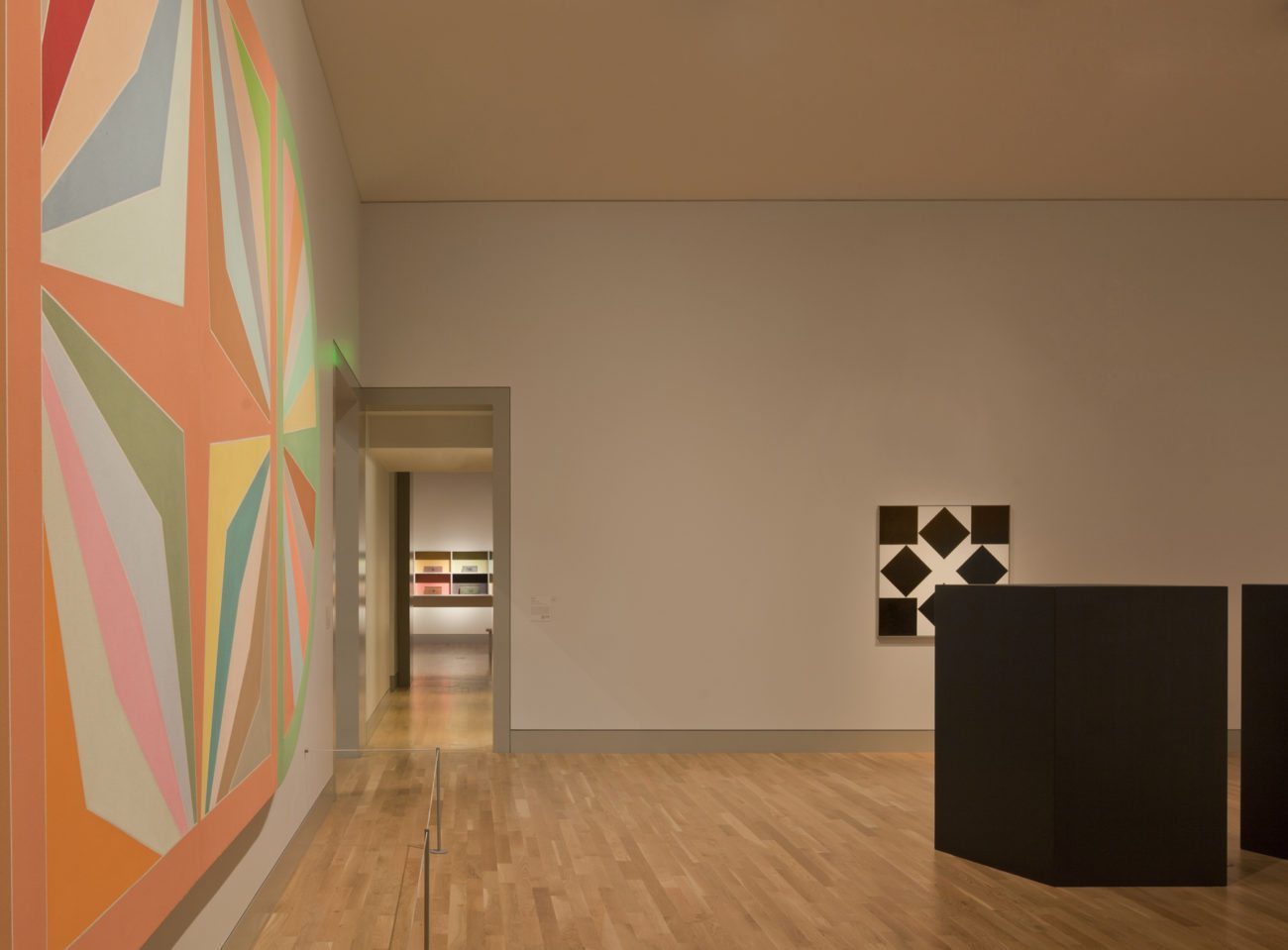
The new Erburu Gallery expansion
In July 2014, its collection of American Art exceeded 12,000 objects, and The Huntington began the project to convert 5,400 sf of the Erburu’s storage space into five new rooms of gallery space, bringing the total to 18 rooms across approximately 21,000 sf.
More than a simple conversion of storage to exhibit space, the latest 8,600 sf expansion project completes a section of the Galleries that Fisher had originally contemplated but never implemented in the 2005 design. This section adds more than 5,000 sf of gallery space previously occupied by a narrow courtyard, while re-configuring several existing rooms to improve visitor flow.
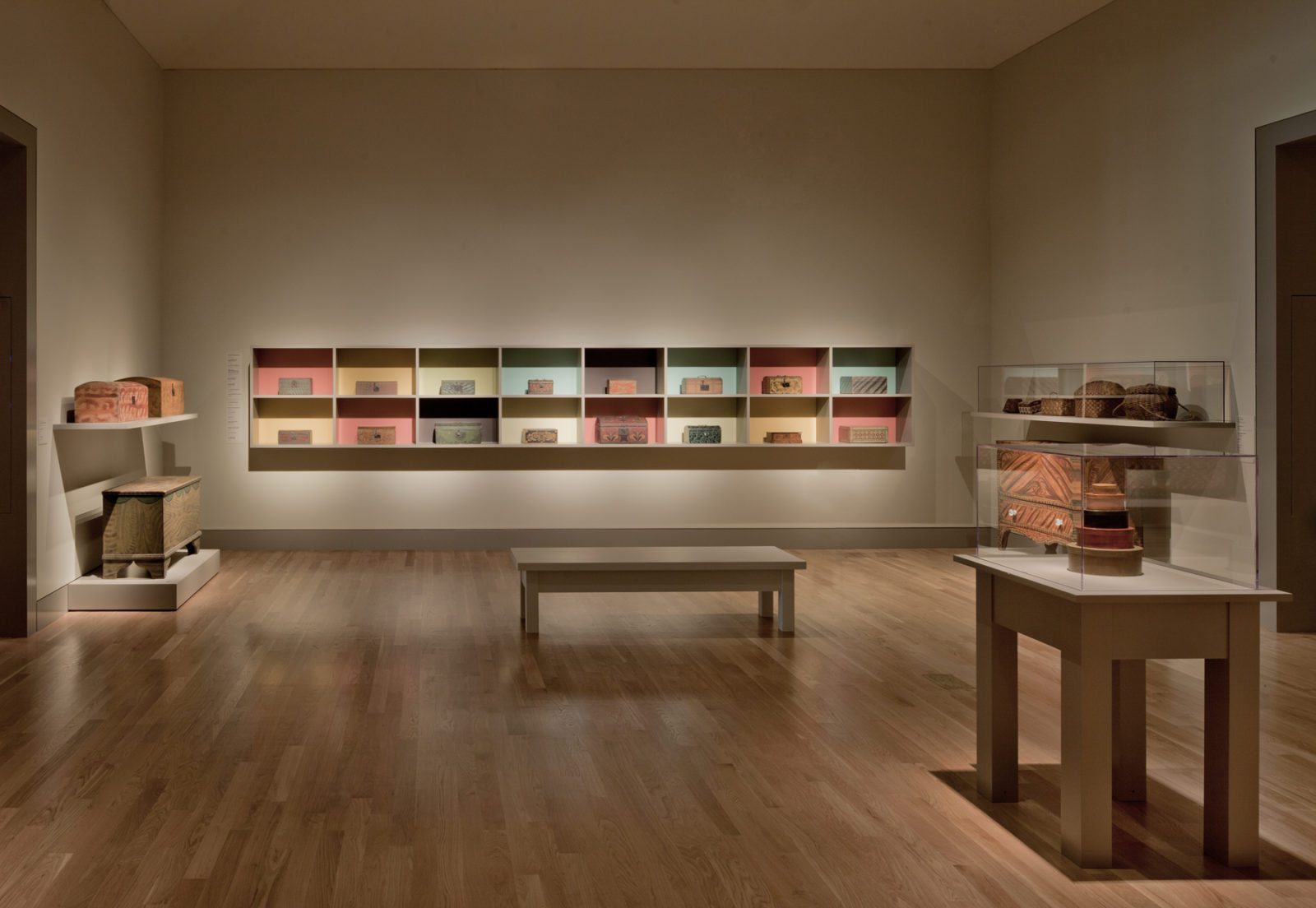
Keeping the collection safe during construction
Creation of a new structure joining two art galleries has not been without its challenges. Although the Scott Galleries building was closed during the project, most of the Erburu Galleries remained open, requiring the MATT team to augment its usual rigorous precautions with especially stringent measures to safeguard the safety and health of museum staff and visitors and maintain the specialized environmental conditions required to protect valuable artwork.
To control dust as they tied the new building into the two existing galleries, the MATT team established effective partitions and other protective measures.
Power was vital to maintaining the precise environment established for the artwork. Knowing that the electrical yard that powered the existing galleries was located within the new building footprint and would therefore be demolished, the MATT team coordinated with the project’s electrical subcontractor. Together they devised a flexible approach to sequencing, and means and methods that enabled them to provide temporary power with minimal downtime and without costly equipment rentals.
Prior to initiating any structural activity, the team also carefully relocated conflicting underground utilities within the new building’s footprint, including a 16 kV line and associated transformer that form part of a loop that provides power throughout The Huntington.
To protect the vibration-sensitive artwork remaining on display in the adjacent gallery rooms, the MATT team worked closely with the art department, running a series of tests to determine which equipment would ensure compaction operations remained within acceptable levels as determined by the Huntington’s vibration monitors.
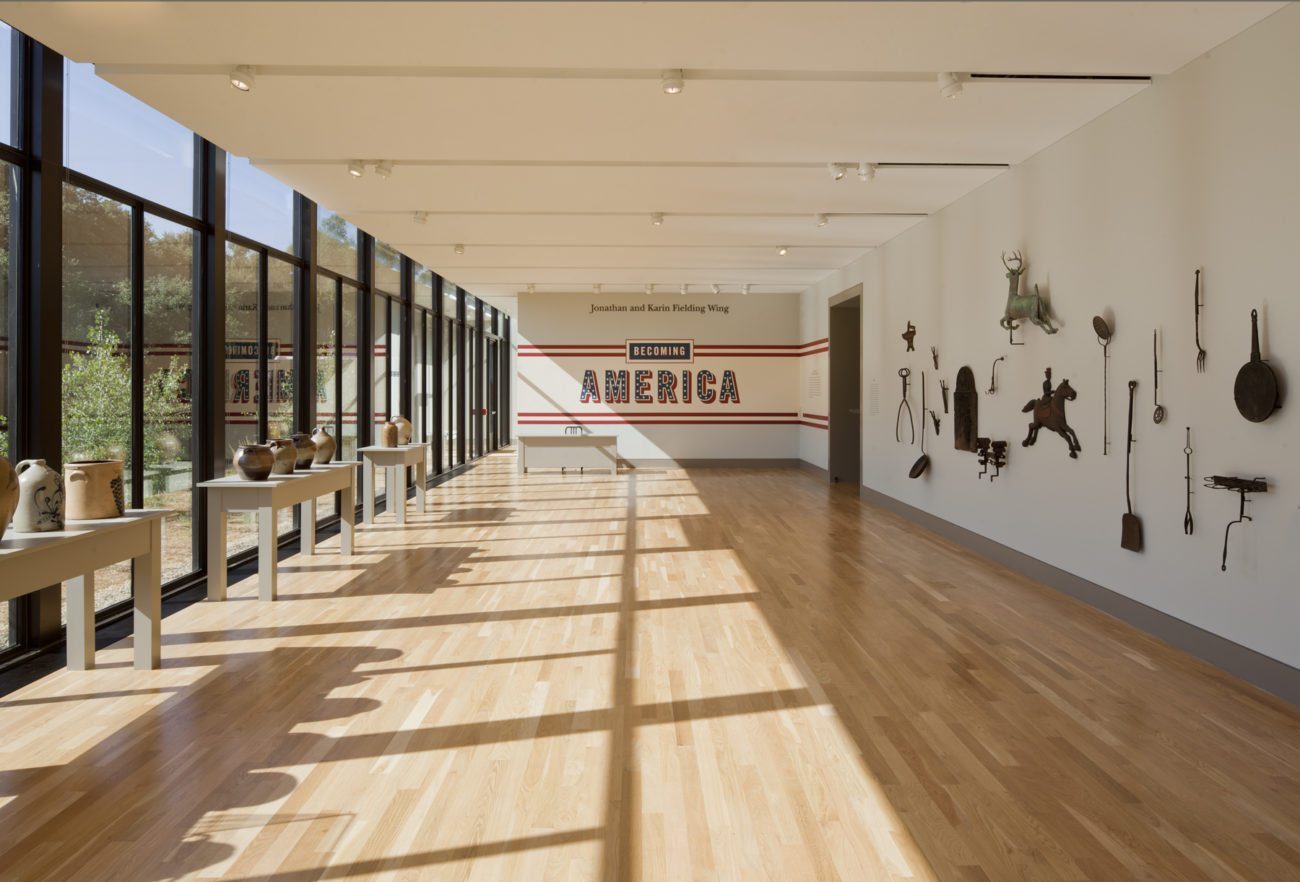
The Erburu’s new program for American Art
Visitors to the new addition will discover a stately south-facing glass entrance and lobby accessible via the Shakespeare Garden, plus eight new rooms for art display. Arranged in chronological and thematic groupings, the exhibits will encourage visitors to discover connections among objects within and between galleries and to discern important commonalities, significant differences, notable transitions and key milestones in art movements. Taken together, the assemblage will enable visitors to trace the evolution of art in the United States from the colonial era all the way into the late 20th century – and soon, no doubt, beyond.



